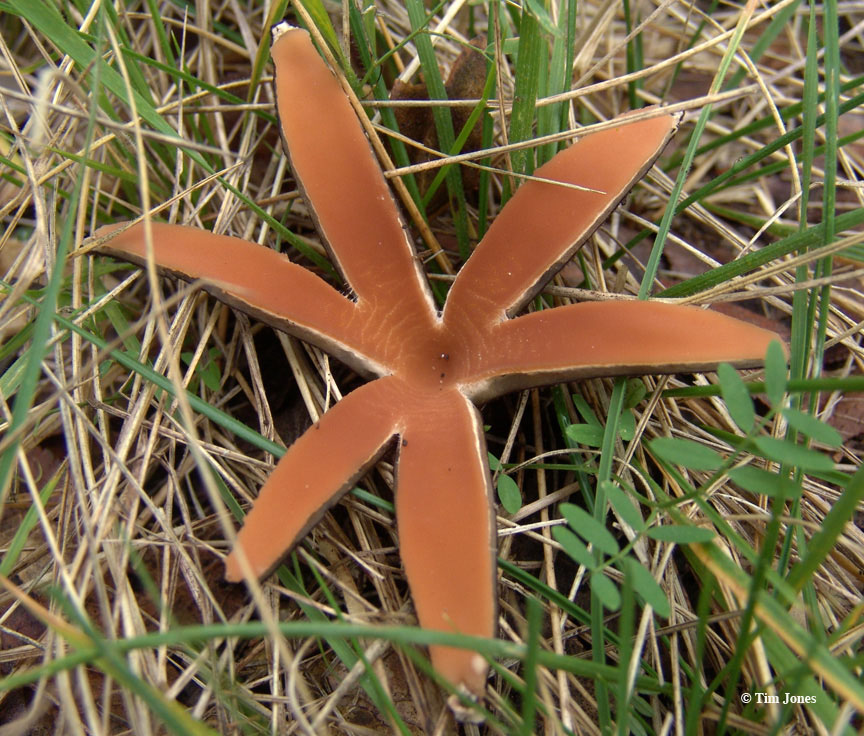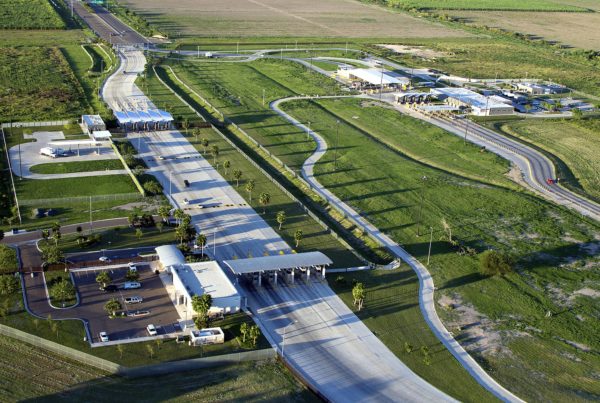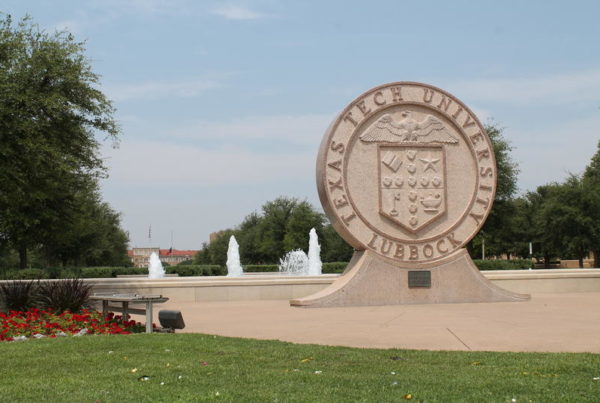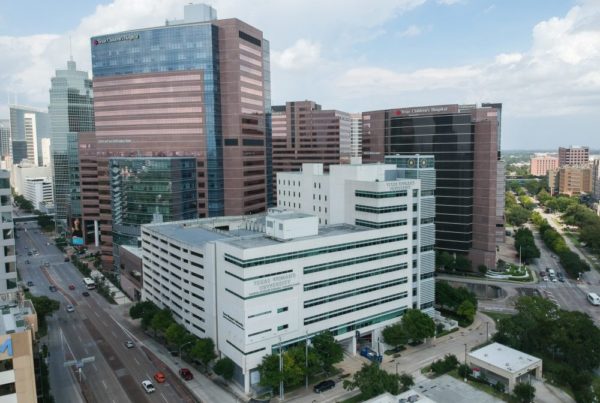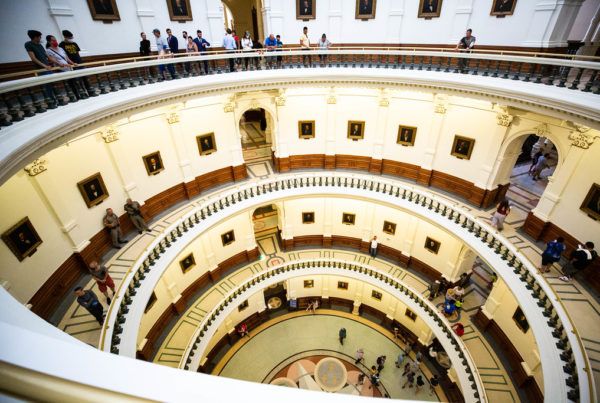Texas has a state pepper, a state molecule and three types of state mammals. Now, mycology enthusiasts will be happy to know that Texas has a state fungi as well. On June 22, Gov. Greg Abbott signed legislation giving the “Texas Star” that status.
The Texas Star, from the genus Chorioactis, can only be found in a “narrow corridor” in Texas stretching from San Antonio up to the Oklahoma border, says Camille Sauers, a writer for mySA.com. The Texas Star gets its nutrients from decaying cedar elm trees. And the only other place the Texas Star has been found is in part of Japan, where it gets its nutrients from oak trees.
“It’s very rare,” Sauers said. “You can find it in the right time, in the right place in Texas.”
The mushroom, also commonly known as the “Devil’s Cigar,” is rust-colored and has up to six points; it looks like a cigar butt that has exploded through the middle and split. Because of its color, Sauers says someone walking by one might miss it in a pile of dead foliage.
The Texas Star isn’t poisonous, but it’s not quite edible, either.
“You probably don’t want to eat it. From my understanding, the texture and the taste leaves a lot to be desired,” she said.
Fungus experts, including those at the Central Texas Mycological Society, still don’t know why the mushroom can only be found in two regions, separated by thousands of miles.
“They didn’t have a lot of information on why this is, and they credit lack of funding and research. But essentially it’s a mystery,” Sauers said.
But the new designation is something they’re celebrating amid the stress of the pandemic. Now, the mycological society is raising money and looking for sponsors so that the Texas Star can appear on special Texas license plates.
“It’s been such a heavy year; people are looking for things to be excited about,” Sauers said. “And, you know, this mushroom is very unique to Texas; it’s something special, it’s something we can be proud of.”


